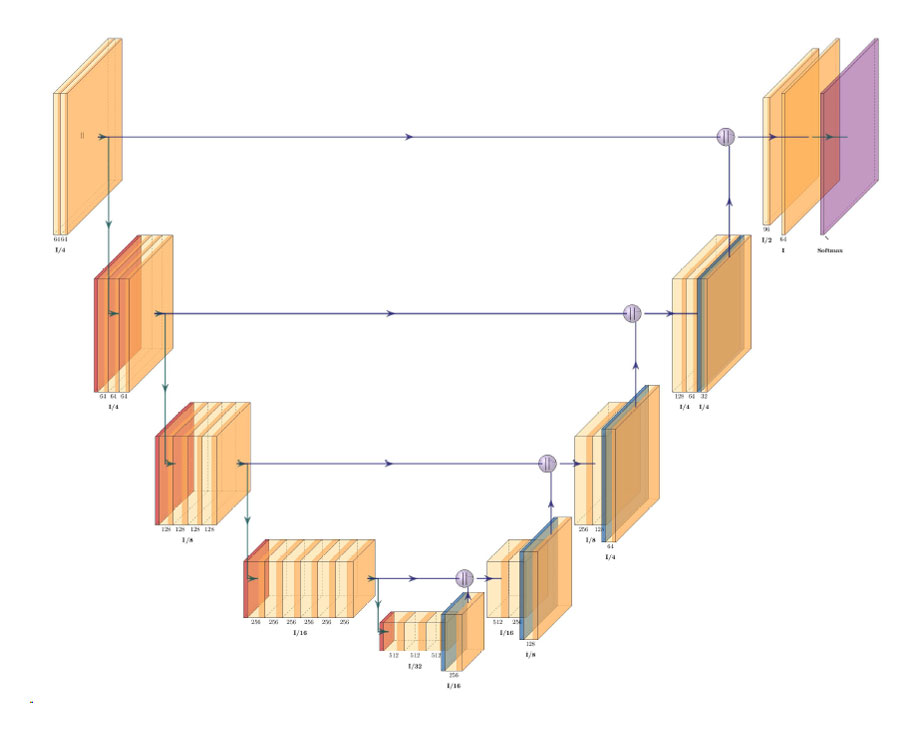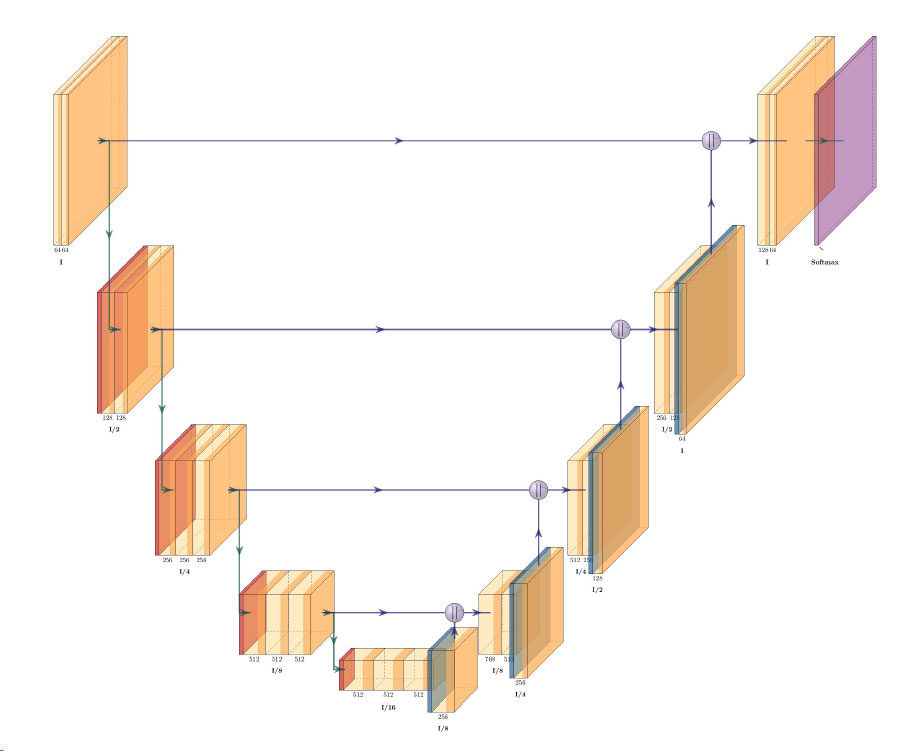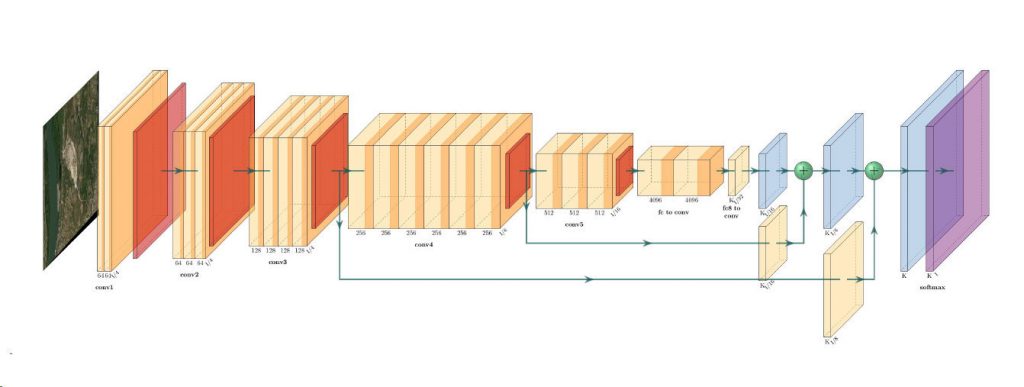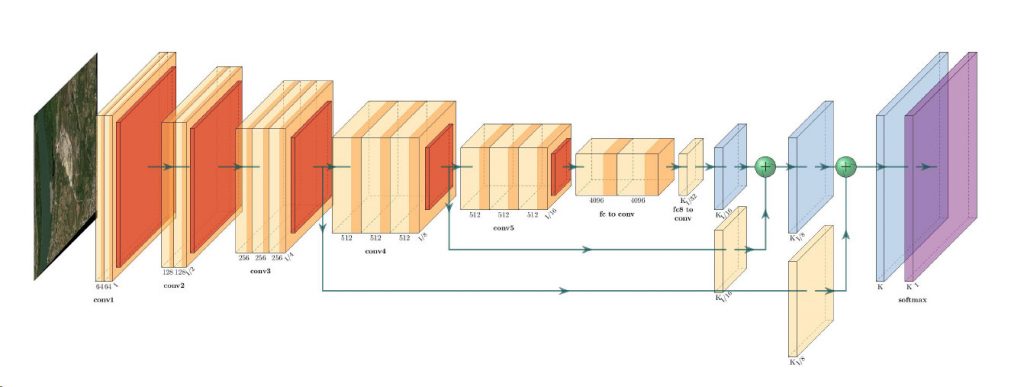Optimising Wine With Data From Space
- European Space Imaging
- 20 April, 2016
The Remote Sensing Laboratory at the National Technical University of Athens, Greece, successfully correlated vegetation indices derived from pansharpened multispectral WorldView-2 data with ground-based measurements in pilot projects at four vineyards in Northern Greece. This correlation confirmed that satellite imagery may be used by agronomists and winemakers in optimizing the management and harvesting of wine grapes.
Making Quality Wine
During a growing season, the maturity and quality of grapes vary across a region and within a single vineyard. Winemakers carefully monitor the grapes throughout the season to determine when nutrients, pesticides and additional water should be applied to optimize growth. As the harvest nears, the winemakers examine grapes for signs of maturation and sugar content to select the precise time for picking. Vines are even categorized by grape quality and assigned to specific barrels/tanks in anticipation of the wine they will yield.
Winemakers and viticulturists rely on several tools to monitor crop health and fruit ripening, including handheld reflectance spectrometers, grape and other analyzers. In this project, a 512-band spectrometer operating in the 350-1050nm range was used to collect spectral signatures of 20 grape varieties and derive numerous vegetation indices related to leafiness, maturity, Chlorophyll content and other indicators of vigor and grape quality.
“The handheld spectrometer, as every sampling procedure, is a time-consuming method of capturing data,” said Konstantinos Karantzalos, Assistant Professor at the University’s Remote Sensing Laboratory.
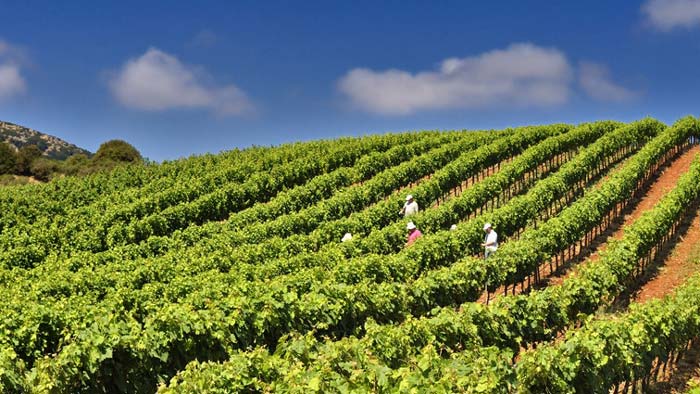
Collecting spectral data by hand is a time-consuming task for wine growers.
Capturing Satellite Data During Véraison
TotalView worked directly with European Space Imaging (EUSI) in Munich to acquire imagery from WorldView-2 satellite over the study area in Northern Greece during a period of the growing season known as véraison, a critical point in the vine’s growth when grapes turn from green to red or white. Monitoring crop vigor at this stage gives the winemaker time to modify management of individual vines with a goal of optimizing the harvest.
Through careful coordination with personnel at the vineyards, WorldView-2 captured image data in the midst of véraison on the same day field crews were collecting spectrometer data on the ground. At the same locations grape sampling and must analysis were performed during ripening stages and harvesting. TotalView delivered both 8-band multispectral and 40-centimeter panchromatic data to the Remote Sensing Laboratory where it was corrected for radiometric and atmospheric variations before being pansharpened.
Correlating Satellite and Spectrometer Data
Researchers at the laboratory then derived thirty common broadband vegetation indices from the satellite data relating to Vegetation, Chlorophyll, Carotenoids, Carotenoid/Chlorophyll ratio and Anthocyanins. Next, they analyzed the correlation with similar indices extracted from the handheld spectrometer data. Correlation rates exceeding 80 percent between the two methods of measuring spectral reflectance confirmed the satellite data could be used as a means of monitoring crop health.
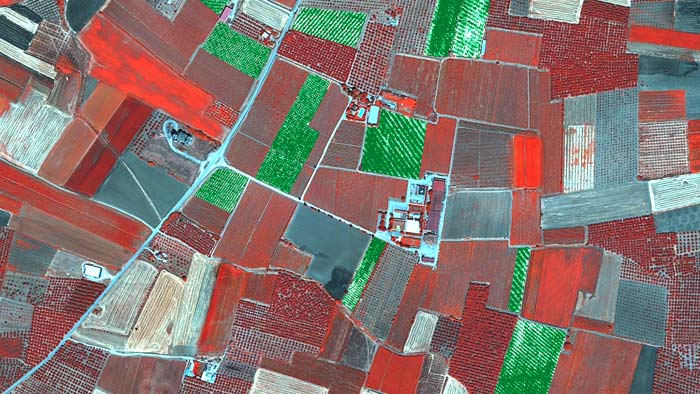
Canopy greenness map over Megaplatanos in 2012 derived from WorldView-2. Grape variety: Chardonnay
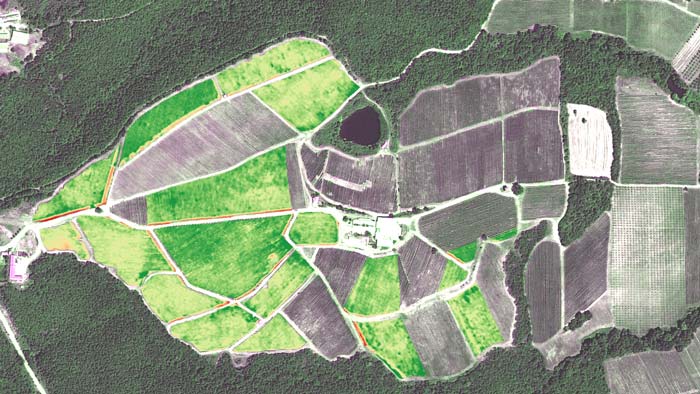
Canopy greenness map over Naoussa in 2015 derived from WorldView-2. Grape variety: Ksinomavro
“We were very satisfied because WorldView-2 provided atmospherically corrected images that correlated with the field observations,” said Karantzalos. He noted that certain spectral indices are known to indicate the health of specific grape varieties better than others. By further correlating satellite reflectance with the in-situ plant/grape/must quantitative and quality parameters, the research team generated maps for the target vineyards.
For example, three key geospatial maps were indicating the variation in Leaf Area Index (LAI), Index of Maturity at Harvest (IMAD) and Color Index of Red Grapes (CIRG). With a spatial resolution of less than half a meter, each map showed subtle variations in plant and fruit conditions within individual vineyards.
“Based on this information, the winemaker can decide where to apply nutrients and where to use insecticides or schedule a selective harvesting process by gathering together the top quality grapes,” stated Karantzalos.
A More Efficient Solution
Due to the time-consuming nature of capturing in-situ spectral reflectance along with grape sampling and must analysis for several hectares, the pilot project suggests that pansharpened multispectral satellite imagery may be an efficient and cost-effective complement – or even replacement – to the traditional ground-based methods of assessing grape health across regions and within vineyards.
"We plan to continue research using the WorldView-2 image data and believe a commercially viable service involving the creation of high-resolution vegetation index maps for winemakers could become reality in the near future. The accuracy and value of these maps will be greatly enhanced through collection of satellite data at multiple times during the growing season."
Challenge
Correlate satellite-derived spectral vegetation indices with ground-based reflectance and plant/grape/must quality parameters for use in crop management and selective harvesting in vineyards.
Solution
Atmospherically corrected VHR multispectral WorldView-2 data was collected during a critical period in the grape growing season and the derived spectral indices were compared to in-situ data collected in the same vineyards.
Results
Researchers found a high correlation between the satellite and in-situ data and concluded that satellite data has the potential to capture crop health information more efficiently, saving the winegrower money and time.
ABOUT TOTALVIEW
TotalView is a WorldView Global Alliance authorized reseller based in Athens, Greece. With a strong engineering background, the firm provides advanced image processing capabilities to agricultural and other organizations involved in commercial and academic projects. TotalView resells and offers value-added services related to a variety of satellite, aerial and UAV remote sensing platforms.
ABOUT THE NTUA REMOTE SENSING LABORATORY
The Remote Sensing Laboratory of the National Technical University of Athens was established in November 1987 to serve research and educational needs in the fields of Remote Sensing and Image Analysis, as well as support various applications in Earth observation, environmental monitoring, agriculture and cadastral mapping.
Related Stories
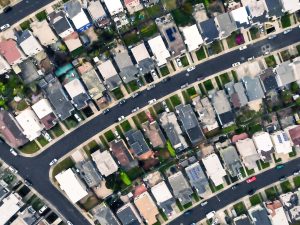
EUSI and Albedo Partner to Deliver 10 cm Resolution Satellite Imagery to Europe
It is our pleasure to announce the partnership with Albedo, a builder of high-performance spacecraft and the first satellite designed to operate commercially in VLEO (Very Low Earth Orbit). This partnership will bring the world’s highest resolution satellite imagery to the European and North African market.

Updating the Land Parcel Identification Systems in 2025: The Benefits of Using Satellite Images
Agricultural paying agencies across Europe face increasing challenges in maintaining accurate and up-to-date Land Parcel Identification Systems (LPIS), ensuring compliance with the Common Agricultural Policy (CAP) and supporting sustainable agricultural practices.
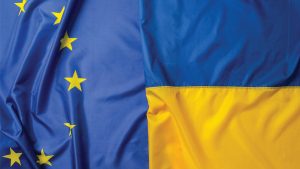
EUSI Confirms Uninterrupted Satellite Imagery Support for Ukraine and European Security
With the successful launch of Maxar Intelligence’s second set of WorldView Legion satellites, European Space Imaging (EUSI) will soon offer up to eight daily collection opportunities in key latitudes across Europe and North Africa – a number that will increase after the final WorldView Legion satellites are launched and all six satellites are operational.

Civil Mapping: Three Case Studies From Germany
Three land-surveying authorities finished large-scale mapping projects using very high resolution satellite images in 2024. These are the challenges, solutions and results:


